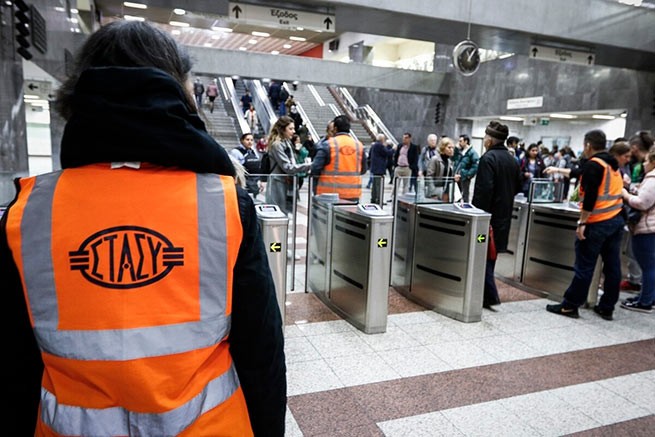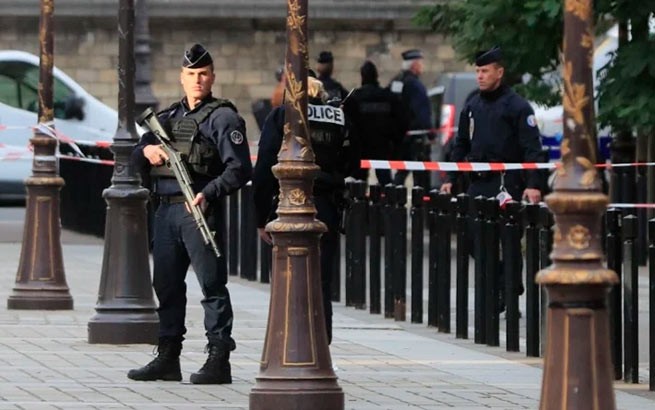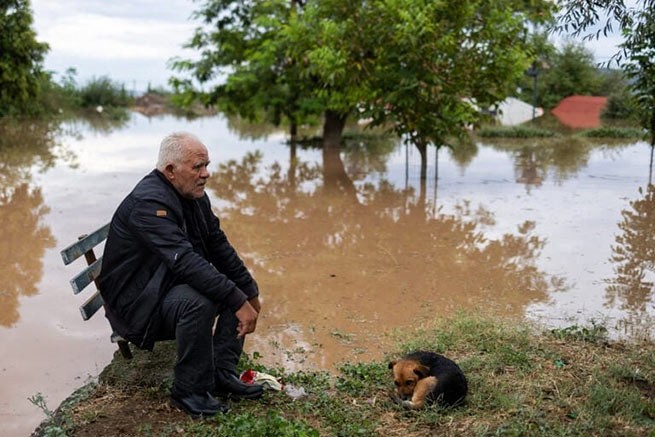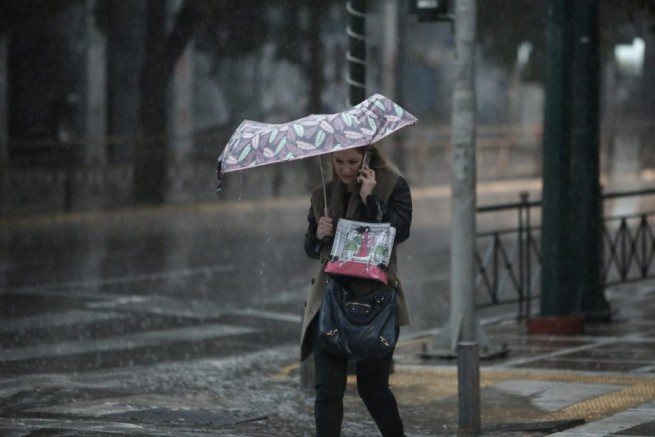The Atlas of Civil Society published yesterday, which is published annually, this time set out to determine the democratic nature of society – the conclusions were stunning.
Only 3% of the world’s population can boast that they live in a free society where all rights and freedoms are respected. To a large extent, this pessimistic result was facilitated by digital media, literally saturated with disinformation and capable of easily forming a civil society.
The authors of the Atlas of Civil Society are a charitable organization that is associated with the Protestant churches “Bread for the World” (Brot für die Welt), and the international alliance of civil societies CIVICUS. For the fifth edition of the publication, they decided to focus on the impact of digitalization on press freedom and citizens’ rights. And it turned out that in 2021 the situation worsened in 14 countries of the world, and 70% of the world’s population lives in states where there are significant restrictions on freedoms and human rights.
Silke Pfeiffer, Head of Human Rights and Peace at Bread for Peace, said DWthat “only three percent of the world’s population is fortunate enough to live in countries with a civilian sphere of operation that can be described as open.”
Rupert Strachwitz, a political scientist and head of the Maecenata Institut, thinks it is clear that society is benefiting significantly from the global digitalization process:
“The ability to disseminate information without a ‘gatekeeper’ was one of the reasons why civil society has been able to develop so rapidly over the last 30 years.”
But unfortunately, there is a downside to the development of digital media – spreading fakes and inciting hatred. The Atlas demonstrates this with the example of Ukraine, in a separate chapter entitled “Lie as a weapon”. It tells how, since the beginning of the conflict in eastern Ukraine in 2014, disinformation has become almost the main part of the Russian information war. The authors note:
“Since March 2014, Russia has been spreading false information in order to split the Ukrainian society. While in Kyiv they were protesting against corruption and anti-Western propaganda, Russian TV channels Russia 24, NTV, Channel One and others tried to present Kyiv as an aggressor, and Ukraine – as a fascist and Nazi state, which is governed by EU and NATO, and in which they put pressure on the Russians.”
Silke Pfeiffer is convinced that the right to information is a fundamental human right and a prerequisite for the successful functioning of civil society. In an interview with DW, she emphasizes that if this right is limited by fake news, the basis for civil society activity collapses.
Unreliable news was intended to divide the Ukrainian society and “grow up” the opinion that joining the EU – neither more nor less – is dangerous for the country. Many fakes, the atlas notes, were distributed in Ukraine on Russian-language TV channels. For example, a fake about a “boy crucified in Slavyansk” and many more similar ones.
According to a study conducted in May 2021 by the independent platform Texty, pro-Russian Internet resources had more than 110 million visits per month, and the corresponding YouTube channels had more than 120 million views.
The Swiss Center for Security Studies in Zurich and London’s London School of Economics at Harvard conducted their own investigation, during which it was found that digital media spread less fakes than traditional ones. There are 17 disinforming narratives on social networks, and 20-30% of Ukrainians trust them.
According to an analysis by the Ukrainian Crisis Media Center and the Estonian Estonian Center of Eastern Partnership, among the narratives regularly repeated in Russian news, the most common is about the Ukrainian Nazis and the civil war in Ukraine. But Ukrainian civil society, prior to the Russian invasion of the country on February 24 this year, developed effective mechanisms to protect against disinformation, successfully filling in the gaps allowed by the state.
For example, the authors of the atlas say that the StopFake organization is one of many similar organizations that expose fakes. Among its employees are analysts, journalists, IT specialists and cybersecurity experts. The goal of the organization is not only to expose fake news, but also to teach Ukrainian citizens how to deal with misinformation.
As noted in the atlas, over the past 8 years, the presidents of Ukraine – first Poroshenko, then Zelensky – have tried to protect the country from media that spread fake news. Poroshenko, for example, banned the broadcasting of 70 Russian-language channels in Ukraine, and three years later the Vkontakte social network, the Yandex.ru search engine, and the Mail.ru portal were banned and blocked.
As part of the fight against fakes and misinformation in Ukraine, about 25 books published in Russia were banned, which, according to the Ukrainian side, contained Russian propaganda. A number of Russian and international journalists were banned from entering Ukraine.
In addition, since 2019, two controversial bills have been considered in the Ukrainian parliament, which guaranteed broad powers for officials in the context of combating disinformation. These bills, under pressure from civil society, were not adopted, according to the Atlas of Civil Society, which analyzed the situation with civil rights and freedoms in 2021 – before the war that Russia unleashed against Ukraine, writes DW.






More Stories
Low wages and inflation "drown" Greek youth
Greece becomes a 'safe haven' for German pensioners
Bark Air: New airline specializing in pet transportation launches in May